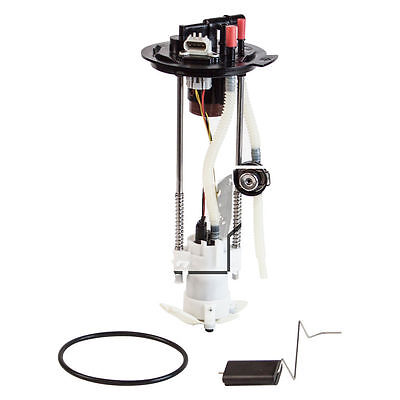

You’ll find an electric pump in most modern vehicles with a fuel injection system. It closes when fuel in the carburetor’s float bowl is filled and opens when more fuel is required.Ī mechanical fuel pump may be more convenient, less costly, and easier to access than other pumps. The fuel is controlled with an inlet valve. You’ll typically find this kind of pump mounted on the engine block with the engine’s camshaft working the pump.Ī mechanical fuel pump uses a pulling force to move gasoline through the different car components. Older vehicles with a carburetor will have a mechanical fuel pump with plunger-type or diaphragm pumps. There are two kinds of fuel pumps depending on how they operate: A. What Are The Different Types Of Fuel Pumps? The fuel then combusts, helping you start the car and keep it running. It moves fuel from your vehicle’s fuel tank to the carburetor or fuel injector in the engine. What Is A Fuel Pump?Ī fuel pump is a critical part of your engine fuel line system. Here are the answers to some fuel pump-related questions: 1. Note : Find the recommended fuel pressure in your owner’s manual. You can either buy a fuel pressure gauge to measure the pressure or let a mechanic help you. Is the pressure low? The fuel pump is probably becoming slower or damaged inside - making it incapable of pushing enough fuel to the engine. Test your fuel pressure to spot the cause of a faulty fuel pump. This’ll result in the engine surging, which means the vehicle picks up and then drops speed - making driving dangerous. Engine SurgesĪ failing fuel pump can send too much fuel to your engine. After letting your engine cool, it’ll run again only to come to a halt as the issue repeats. If you have an overheating fuel pump issue, the vehicle might run for about 15-30 minutes before halting.

Due to its inefficiency, it can, in turn, overheat the engine. OverheatingĪ faulty fuel pump can overheat. If the gauge shows fuel in the tank and yet the car’s choking, you have a failing fuel pump. If the engine is choking or struggling to maintain speed, you may think you’re out of gas. If the engine isn’t getting adequate fuel, it won’t have the proper air-fuel ratio in the combustion chamber - leading to inefficient combustion. Many things can cause misfiring, including a malfunctioning fuel pump. So don’t ignore a fuel pump replacement! 4. Ignore the issue, and eventually, your car simply won’t start. Start-up may take a few seconds longer than usual, or you’ll need a few attempts to get the engine cranked. If the fuel pump can no longer supply the required fuel to the engine, your car will experience starting difficulties. In any of these cases, you may need a new fuel tank pump. A less noticeable fuel pump issue can be a decrease in gas mileage. Also, if the fuel delivery issue is erratic, you might experience surging or sputtering. There could be a loss of power if your car’s fuel pump can’t provide the engine with sufficient fuel. Note : Any of these sound issues may trigger the check engine light on the dashboard. In general, any weird sound from your car is never good, so always pay attention.

Backfires and sputtering engines can also suggest a broken fuel pump. Whining from the fuel tank can indicate a dying pump. Here are some bad fuel pump indicators demanding a fuel pump replacement: 1.


 0 kommentar(er)
0 kommentar(er)
